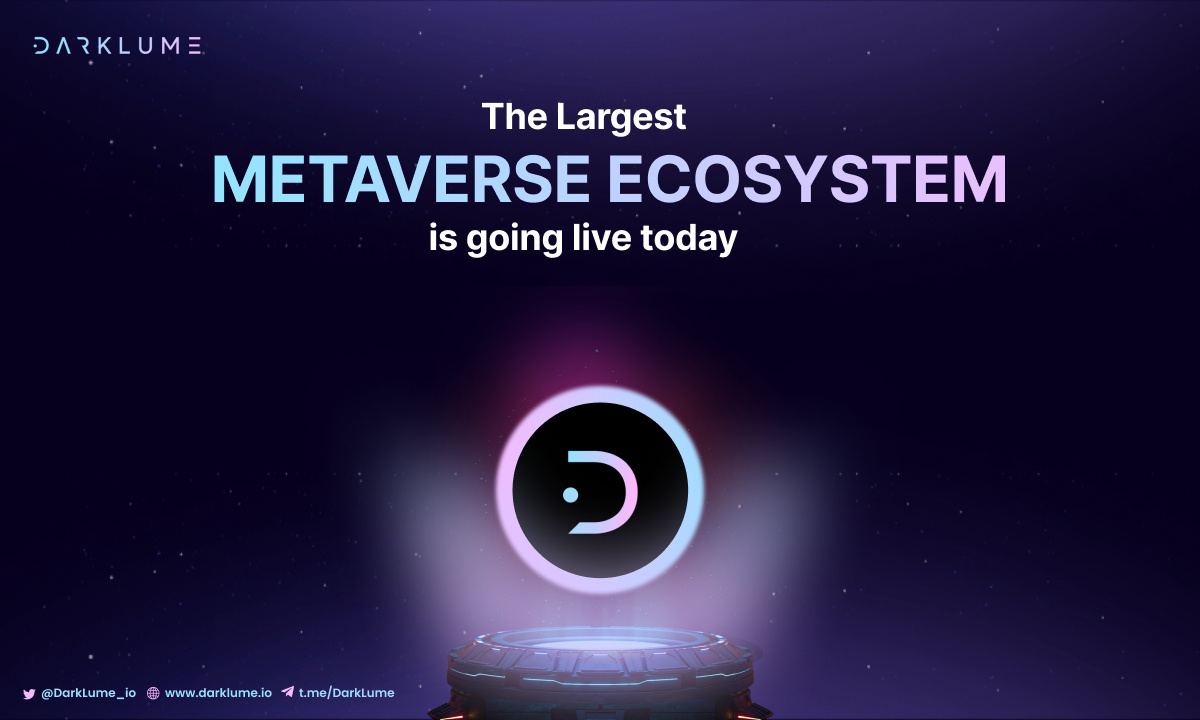Understanding Halving
A halving, also referred to as a halvening, is an event in the blockchain where the rewards or subsidies for validating transactions are cut in half. This event is significant because it reduces the rate at which new supply enters circulation, increasing scarcity by introducing fewer units of coins or tokens.
Halvings are programmed into the code and are announced beforehand. For instance, Bitcoin rewards are designed to decrease approximately every four years. Currently, block rewards for Bitcoin are 6.25 BTC per block (900 BTC daily), down from 12.5 BTC (1800 BTC) since the second quarter of 2020. This reduction in rewards will continue every four years until the last Bitcoin is mined around 2140.
One advantage of halvings is that they make the emission schedule more predictable, enabling accurate estimation of token valuation at any given time. This feature is common in most cryptocurrencies that are not pre-mined, where staking or mining rewards decrease over time. Many new projects are designed to release only the minimum viable supply required at launch to increase its initial value.
Bitcoin has undergone three halvings so far, with the most recent one happening in 2020. Each halving has been followed by a significant price increase due to increased scarcity and a reduction in supply from miners. Other notable halvings include those of altcoins like Bitcoin Cash and Litecoin.
The next Bitcoin halving is planned for March 2024, and it will further reduce mining rewards to 3.125 BTC per block.











